Government Initiatives and Funding
Government initiatives aimed at improving healthcare access and funding for rare diseases are significantly impacting the myelodysplastic syndrome-drugs market. In recent years, the Chinese government has implemented policies to enhance the availability of treatments for hematological disorders, including MDS. Increased funding for research and development in this area is expected to lead to the introduction of new therapies. For instance, the National Health Commission of China has allocated substantial resources to support clinical trials and innovative drug development. This financial backing is likely to encourage pharmaceutical companies to invest in the myelodysplastic syndrome-drugs market, ultimately resulting in a broader range of treatment options for patients. Furthermore, public awareness campaigns may also contribute to increased diagnosis and treatment rates.
Growing Pharmaceutical Investments
The myelodysplastic syndrome-drugs market is witnessing a surge in investments from pharmaceutical companies, driven by the potential for lucrative returns. As the demand for effective MDS treatments rises, companies are increasingly focusing their research efforts on developing novel therapies. In 2025, it is estimated that the market could reach a valuation of $1 billion, attracting both domestic and international investors. This influx of capital is likely to accelerate the pace of drug development and bring innovative solutions to market more rapidly. Additionally, partnerships between biotech firms and established pharmaceutical companies are becoming more common, facilitating knowledge transfer and resource sharing. Such collaborations may enhance the overall landscape of the myelodysplastic syndrome-drugs market, leading to improved treatment options for patients.
Advancements in Diagnostic Technologies
Technological advancements in diagnostic tools are playing a crucial role in the myelodysplastic syndrome-drugs market. Enhanced diagnostic capabilities, such as next-generation sequencing and advanced cytogenetic techniques, allow for earlier and more accurate detection of MDS. This early diagnosis is vital, as it enables timely intervention and treatment, thereby improving patient outcomes. The Chinese healthcare system is increasingly adopting these advanced diagnostic technologies, which may lead to a higher rate of MDS identification. As more patients are diagnosed, the demand for targeted therapies and novel drugs is likely to increase, further propelling the growth of the myelodysplastic syndrome-drugs market. Additionally, the integration of artificial intelligence in diagnostics could streamline the identification process, making it more efficient and accessible.
Patient Advocacy and Awareness Programs
Patient advocacy groups and awareness programs are emerging as vital components in the myelodysplastic syndrome-drugs market. These organizations play a crucial role in educating the public and healthcare professionals about MDS, thereby increasing the likelihood of early diagnosis and treatment. In China, several advocacy groups are actively working to raise awareness about the symptoms and treatment options available for MDS. Their efforts may lead to a greater understanding of the disease, encouraging patients to seek medical attention sooner. As awareness grows, the demand for effective therapies is likely to rise, positively impacting the myelodysplastic syndrome-drugs market. Furthermore, these organizations often collaborate with pharmaceutical companies to promote clinical trials, ensuring that patients have access to the latest treatment options.
Rising Incidence of Myelodysplastic Syndromes
The increasing prevalence of myelodysplastic syndromes (MDS) in China is a significant driver for the myelodysplastic syndrome-drugs market. Recent studies indicate that the incidence of MDS is rising, with estimates suggesting that approximately 4.5 cases per 100,000 individuals are diagnosed annually. This growing patient population necessitates the development and availability of effective therapeutic options. As healthcare providers seek to address this rising burden, the demand for innovative drugs tailored to treat MDS is expected to escalate. Furthermore, the aging population in China, which is projected to reach 400 million by 2040, contributes to the higher incidence of hematological disorders, including MDS. Consequently, this demographic shift is likely to fuel the growth of the myelodysplastic syndrome-drugs market in the coming years.


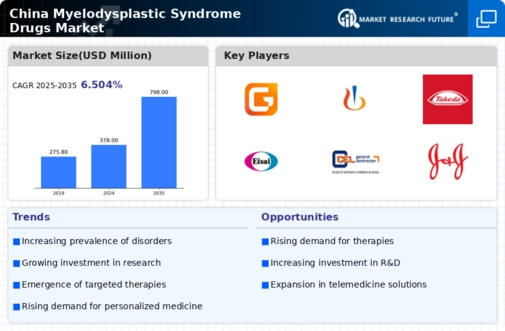
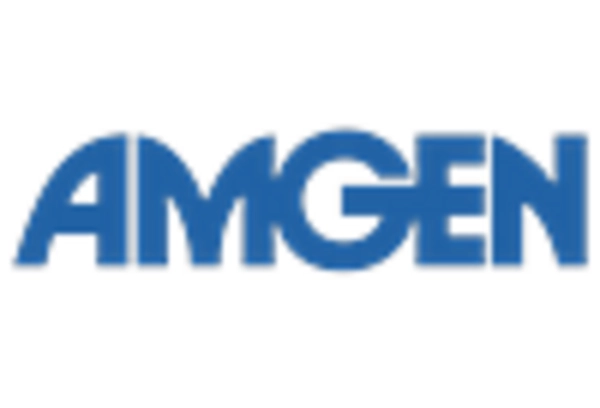

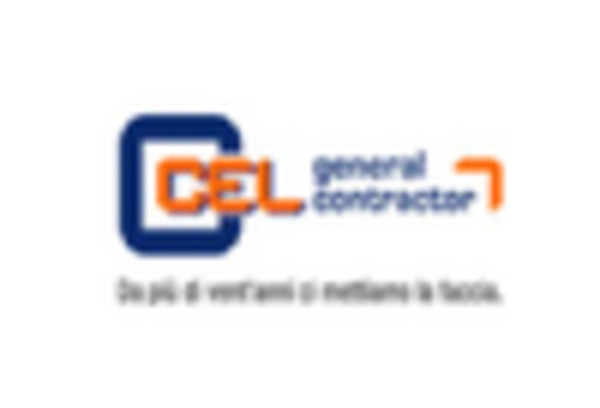
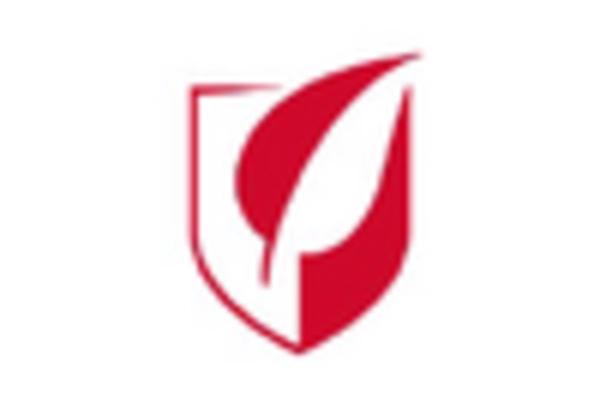

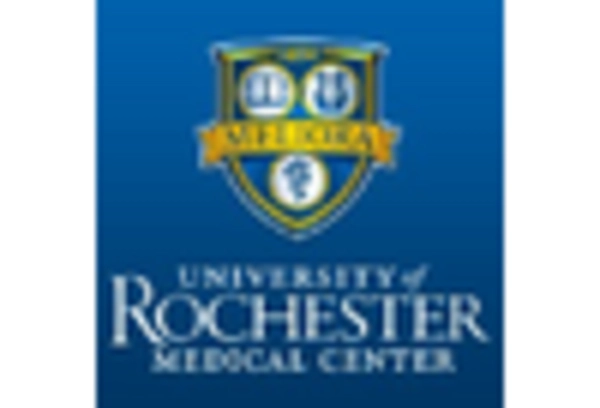








Leave a Comment